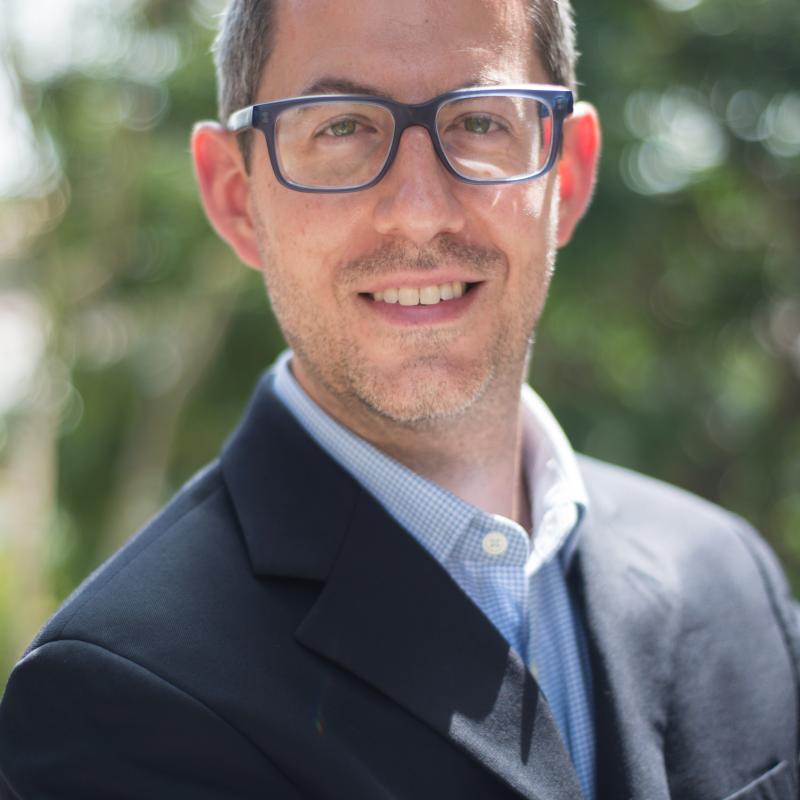“Love and desire are the spirits’ wings to great deeds.” –Goethe (18th c.)
“They told me to take a street-car named Desire, and then transfer to one called Cemeteries…” --Blanche, from A Street-car Named Desire (mid-20th c.)
“Love abounds in all things, excels from the depths to beyond the stars, is lovingly disposed to all things.” --Hildegarde of Bingen (12th c.)
Ideas about love and desire are disparate and ever changing across space and time. It is reasonable to say that love and desire are the most powerful forces in our human nature—the proof is that we have pondered them for thousands and thousands of years. Goethe understood well the painful depths and joyful heights of love and desire, yet described both as angelic companions in our soul. The Hindu spiritual teacher Swami Sivananda countered saying, “Desire is poverty.” Proverbs guides us, “the desire accomplished is sweet to the soul,” while Shakespeare writes, “desire of having is the sin of covetousness.” On love Emily Dickinson wrote, “That love is all there is, is all we know of love.” St. Paul, meanwhile, recognized the dark potential that unbridled, misplaced love can manifest: “The love of money,” he cautioned, “is the root of all kinds of evil.” And Nietzsche had a bit of a cynical view of both--“ultimately,” he wrote, “it is the desire, not the desired, that we love.” So how do we wrap our hearts and heads around love and desire? Looking at the various forms throughout history that love and desire have taken, can we define, refine, and cultivate what they mean to us today? Join Professor David Albertson for a look at the evolution of changing beliefs about love and desire through the ages to the present, to decide if, indeed, as John, Paul, George and Ringo told us, “all you need is love.”
